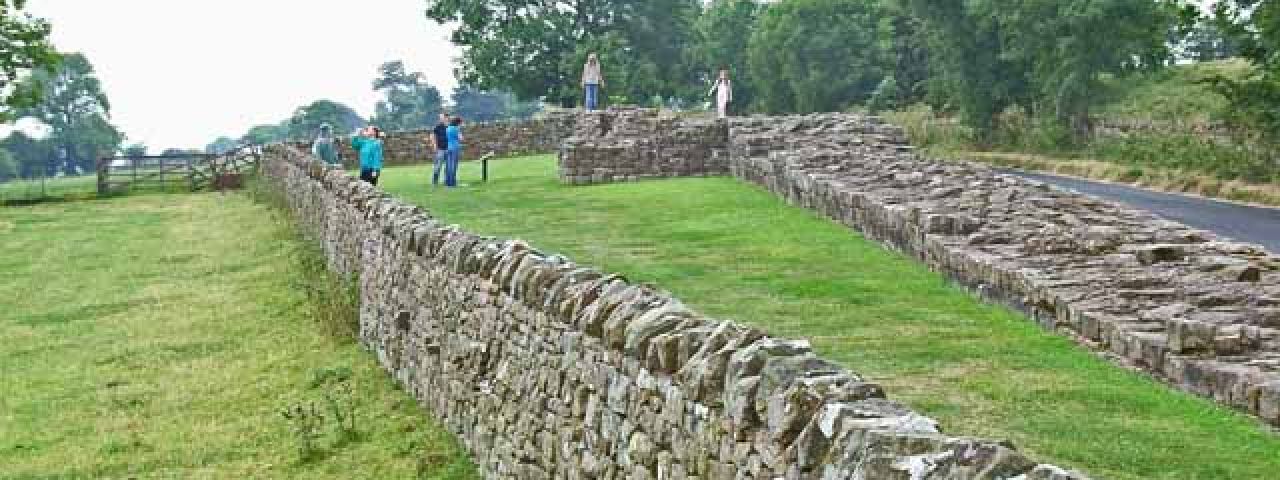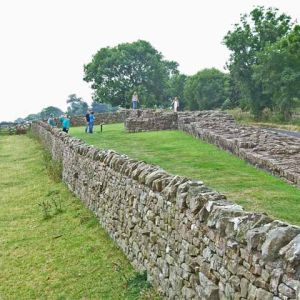Banks East Turret - Hadrian's Wall
Sightseeing attraction | Brampton | England | United Kingdom
Roman observation towers Hadrian's Wall
Banks East Tower, also known as Tower 52A, is one of the best-preserved Roman observation towers along Hadrian's Wall in western Cumbria, England. Built on the orders of Emperor Hadrian in the year 122 AD, Hadrian's Wall served as the northern border of the Roman Empire in Britain.
Historical sites in western Cumbria
At regular intervals along the wall, structures called turrets were constructed, serving as observation posts and small garrisons. Each milecastle was flanked by two of these towers, spaced about a third of a Roman mile apart. Banks East Tower is an outstanding example of this structure, providing valuable insights into Roman military architecture and border defense.
Military architecture Roman Empire
Originally designed as a two-story structure, the upper floor of the tower was accessible by ladder. Another ladder led to the roof, which served as an additional observation point. The walls of the tower still stand up to a height of approximately 1.75 meters, equivalent to about 14 courses of stones. Inside the tower, the remains of two hearths and a low stone bench along the northwest wall are visible, indicating use by a small group of soldiers.
Excavations Banks East Tower
Interestingly, Banks East Tower was built on the remains of an earlier turf wall construction. Excavations in 1933 revealed traces of this original turf wall, which abutted the eastern wall of the tower. This suggests that the tower was added or reinforced in a later phase of wall construction.
Visiting Roman history England
Located near Banks East Tower is Pike Hill Signal Tower, another remarkable Roman remnant. This signal tower, built before Hadrian's Wall, was later integrated into the wall structure. Its foundations are unusually deep, indicating it had a considerable height for signaling purposes. The tower's orientation at a 45-degree angle to the wall line highlights its former independent function as a signal tower before integration into the wall system.
















































































































































































